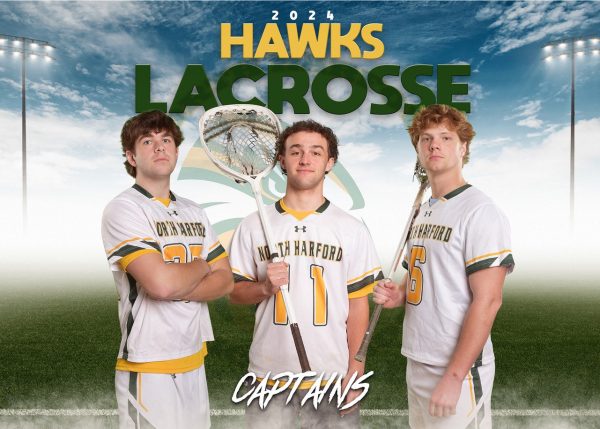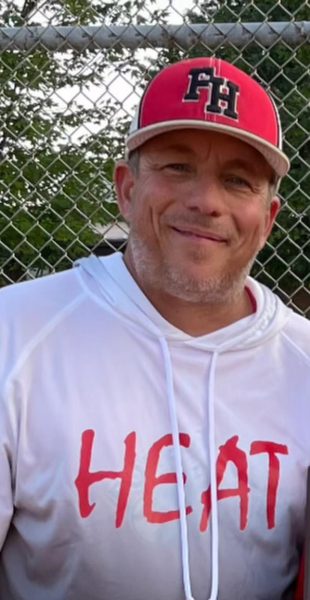Student artist delves into animation; Illustrations come alive
April 21, 2022
How does an artist turn a flat digital image into a multidimensional piece of art that is capable of telling a story without even using words? The world of animation is vastly different from illustrating for many reasons, and some North Harford student artists have taken the plunge into the challenging media.
The 2022 second annual Hawks Handmade Film Festival brought the talent to light, due to the contributions of several talented contestants including junior Emma Cieri, who won second place for her film “Defying Gravity”.
As a child, Cieri developed a fascination with animated media because of YouTube. During the mid 2010’s, “animatics”, a term for animated storyboards, were becoming increasingly popular tools for life storytimes, visualizing songs, telling short stories, etc. “Now, I see it as a genuine hobby with a lot of effort put into it, but as a naive child I really just wanted to hop on a trend and get famous like them,” she says.
Cieri has a story oriented process: She gets the ideas down first, then focuses on animation later. For her, drafting the story itself relies heavily on inspiration from other media in the early stages. “I basically take little detailed, tiny bits of stories from music or shows and then mold them together to create a semi-original story,” she says, “eventually it develops and leans further away from its original sources.” She often will generate these inspirations from a song in her head, hyperfixate on the meaning, and incorporate her original characters into a story inspired by the lyrics.
Storyboarding is an essential part of the animation process, where an artist takes their ideas and translates them to a rough visual form– it can be thumbnail drawings, diagrams, or rough animations that include notes for expanding on details. “Personally, I do at least two storyboards,” she says, “One where it’s basically a bunch of scribbles…to shove my ideas down and not worry about quality.” This is a method called scamping according to boords.com, and while messy and raw, is “storyboarding in its most essential form”.
The next step in creating an animation is going back and “[fleshing] out what happens and [adding] movement,” Cieri continues. She then goes back to edit each frame, asking for feedback from others and watching it repeatedly until the frames flow together.
From an animator to an artist who is intimidated by animation, Cieri explains the importance of simply beginning a project and diving right in. Every animator experiences frustration, and it’s a long, tedious, and confusing process, she says. The difficulty is what kept her from animating for so long. “But are you ever gonna feel the relief of finishing the product, the enjoyment of seeing your characters come to life, if you never start? No, you won’t. So just start.” Tackling a small project is completely appropriate for a beginner, and she advises to not take on too big of a project to prevent being immediately discouraged.
Finally, Cieri suggests YouTuber Ethan Becker, who provides advice to animators on common mistakes. “He isn’t afraid to give you the hard truth, or give you some well needed pointers,” she says. Becker also analyzes good examples of animation to determine what makes it well done, and how even easy techniques can make the motion and art seem polished.












